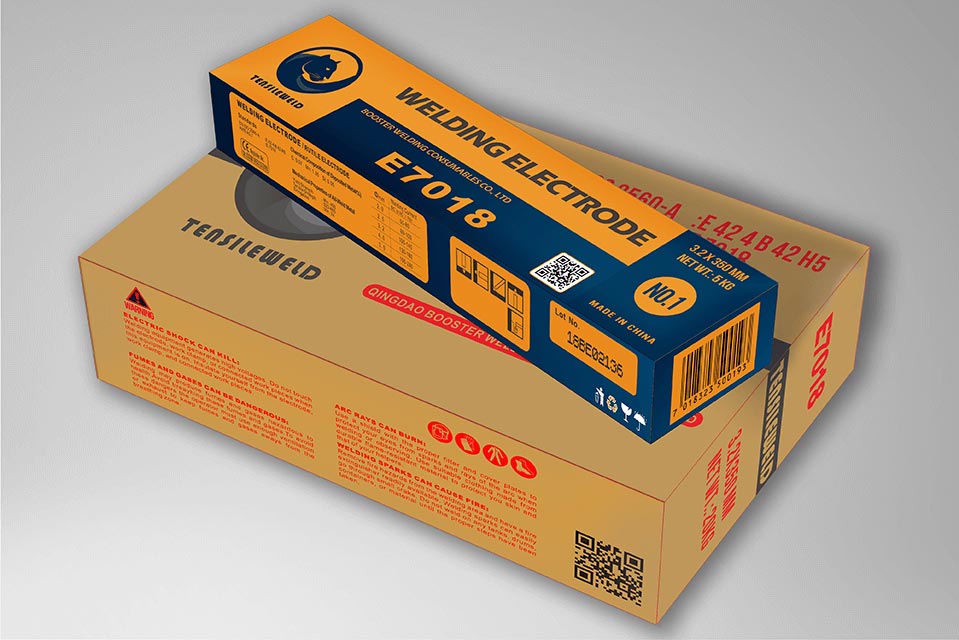E7018 VS E7018-1 E7018 H4R: Understanding the Differences
Introduction:
When it comes to welding electrodes, there are several options available in the market. Among them, E7018, E7018-1, and E7018 H4R are commonly used electrodes. However, it is important to understand the differences between these electrodes to choose the right one for your welding needs. In this article, we will explore the variations and characteristics of E7018, E7018-1, and E7018 H4R.

- E7018 Electrode:
E7018 is a low-hydrogen, iron powder electrode that is commonly used for welding carbon steels. It is known for its excellent weldability and high tensile strength. The “E” in E7018 represents an electrode, while the “70” indicates its tensile strength of 70,000 psi. The “18” signifies its all-position welding capability.
- E7018-1 Electrode:
E7018-1 is an improved version of the E7018 electrode. It offers similar characteristics to E7018 but with enhanced performance. The “-1” indicates an improved formulation, which results in better arc stability, reduced spatter, and improved bead appearance. E7018-1 is often used for critical applications where superior weld quality is essential.
- E7018 H4R Electrode:
E7018 H4R is a high-recovery electrode that provides excellent weldability even under challenging conditions. The “H4R” signifies its ability to withstand high moisture environments without compromising performance. It is designed to offer low hydrogen levels in the weld deposit, minimizing the risk of hydrogen-induced cracking. E7018 H4R is commonly used in industries where high-quality welds are required, such as structural steel fabrication and shipbuilding.
Comparison:
– Tensile Strength: Both E7018 and E7018-1 have a tensile strength of 70,000 psi, making them suitable for high-strength applications. E7018 H4R also offers comparable strength.
– Performance: E7018-1 and E7018 H4R outperform E7018 in terms of arc stability, reduced spatter, and improved bead appearance.
– Moisture Resistance: E7018 H4R is specifically designed to withstand high moisture environments, making it the preferred choice for welding in challenging conditions.
– Weld Quality: E7018-1 and E7018 H4R are known for producing high-quality welds with excellent mechanical properties and low hydrogen levels.
Conclusion:
In conclusion, E7018, E7018-1, and E7018 H4R are all valuable welding electrodes with their unique characteristics. While E7018 is a reliable option for general welding applications, E7018-1 and E7018 H4R offer improved performance and weld quality. When choosing between these electrodes, it is essential to consider the specific requirements of your welding project, including tensile strength, arc stability, moisture resistance, and overall weld quality.

